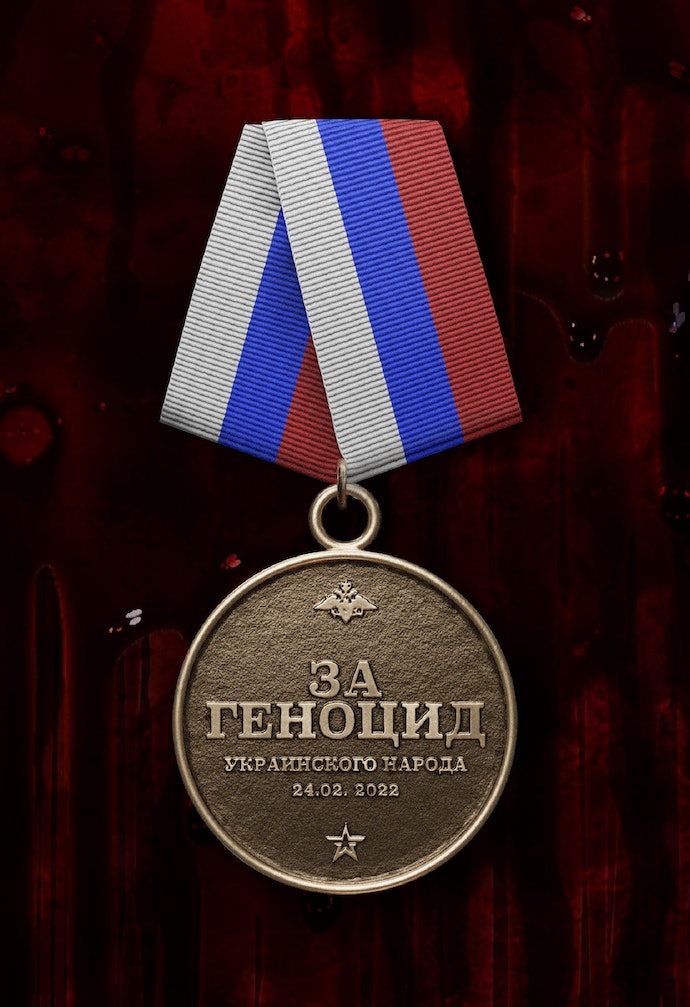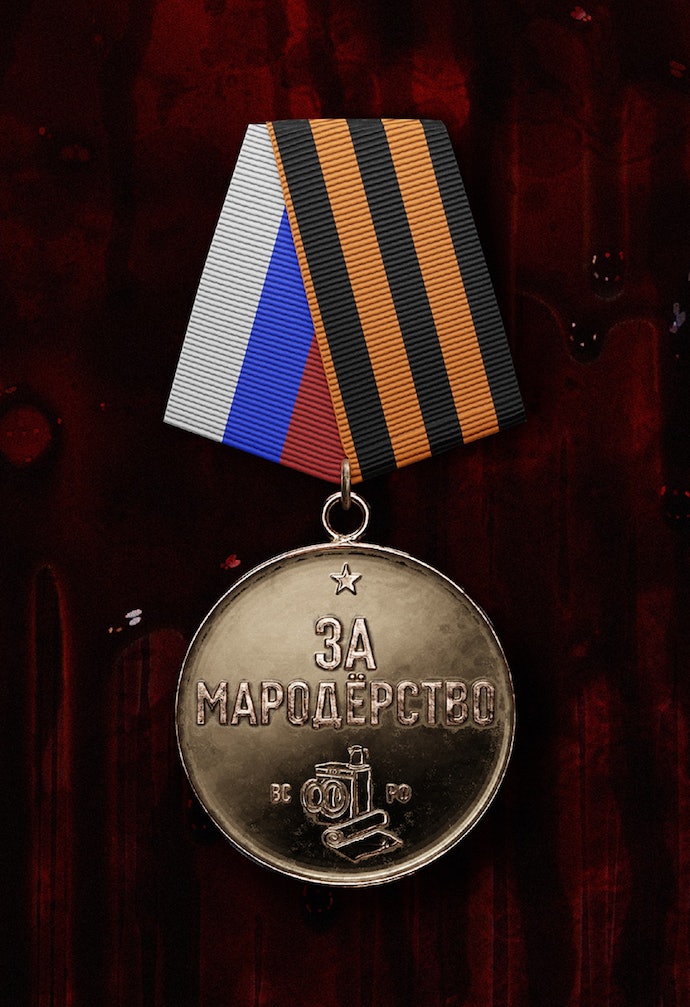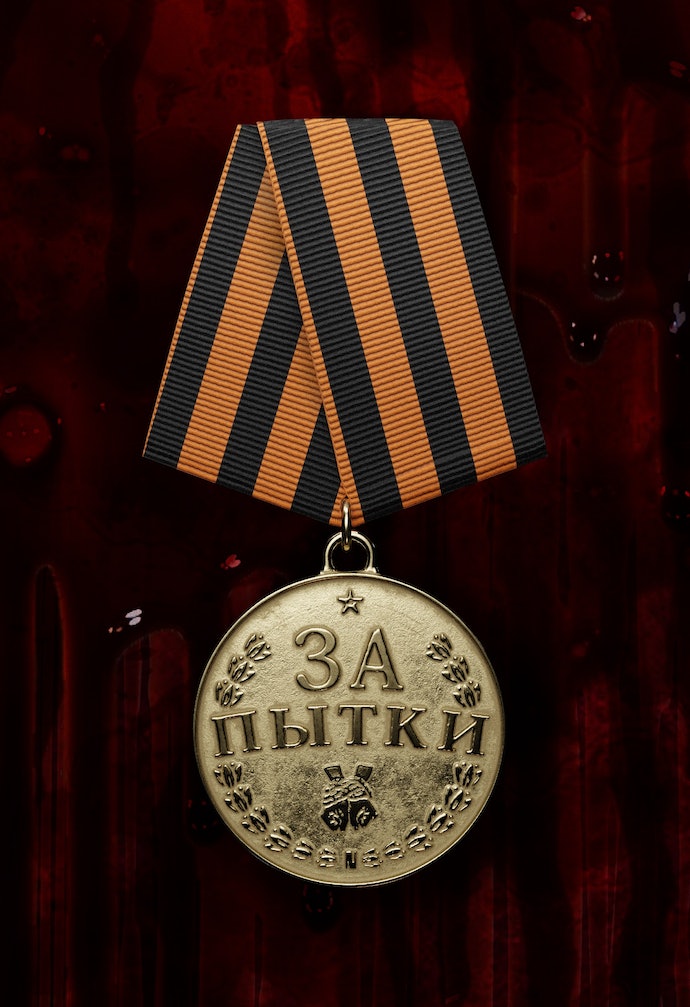Digital art becomes more and more popular every year, and the latest technologies have turned into tools for the embodiment of artistic reflections and images. You can buy virtual exhibits for tens of millions of dollars at international exhibitions of digital paintings. In particular, last year NFT artist Park sold his project ‘The Merge’ for 91. 8 million dollars. Now it holds a world record in the NFT market.
‘What’s about Ukraine?’ — you may ask. We answer: Ukrainian artists are also involved in developing digital art. They discover new tools, create unique artistic creations and continue to work actively even during the war.
So, if you are not yet familiar with Ukrainian digital wizards, this article is for you.
Excel-art
Oleksii Sai is known for his author’s invention called Excel-art. Since 2007 the artist has been creating visual images using Microsoft Excel tools. This program seems to be the most inconvenient for artistic creativity, which is more suitable for quick budgeting and making lists and graphs. In this way, Sai criticises the global corporate culture, and his works affirm the continuity and mechanisation of production, even in art.

‘In fact, criticism is complicity. It does not mean that I want this culture to die. It is critical in the sense of understanding and answering certain questions. I made images from the plates so that people who deal with these plates could see the picture, not as the magic of painting. Here they can imagine how the work is created: click-click-click. So we will have an understanding. I want my work to combine fun and sadness so that it is not unambiguous,’ the artist says.
Take a closer look at Sai’s paintings: from a distance, they seem to be a holistic landscape, but up close, they disintegrate into numbers, columns, lines, elements of graphs and charts. In the same way, our life in the modern world ‘disintegrates’ into receipts, bank accounts and other civilisation garbage.

‘Millions of administrators produce their work without coming into contact with reality — and the data I use as elements of visual language can be clearly understood by a person of the corporate culture — perhaps the youngest of the well-defined cultures of humanity,ʼ Sai writes on his website.
During the Russia-Ukraine war, the artist began to create military posters that condemned Russian aggression against Ukraine, employing artistic expression. In particular, he made a collection of signs with medals dedicated to Russian propaganda. Sai depicted medals ‘For the genocide of the Ukrainian people,’ ‘For looting,’ and ‘For torture’ — for everything Russia does on Ukrainian lands.
This summer, Sai created a project called ‘6400 frames.’ This video is filled with footage of destroyed schools, hospitals, apartments and houses, photos of killed and tortured, maimed and tormented children and adults. When you watch it, the blood runs cold in your veins. It is 12 minutes of pain and destruction that Ukrainians suffer every day in the war with Russia. The terrible specificity of this work is that it is constantly updated with new photographic evidence of Russian crimes — the previous version contained 4400 frames.
‘I think that all tools of art now work for everyone. The war definitely does not slow down the development of art: everyone works harder, and everyone has a survivor’s complex,’ Oleksii assures.
Computer viruses
In March 1999, a former American programmer David L. Smith created and launched the computer virus Melissa, which he named after a stripper whose performance in a men’s club he liked. This virus caused damage worth about 80 million US dollars because it created a massive load on mail servers.
After 16 years, Ukrainian artist Stepan Riabchenko decided to visualise it using computer graphics. Thus, the terrible computer virus Melissa became like a fluffy light green toy. The series ‘Computer Viruses’ also includes the works ‘Cumulus Clouds,’ ‘Power Pump,’ and ‘Chameleon.’ This project is about the correlation between the virtual and real worlds. Riabchenko visualises viruses, giving them colour, shape, texture, and a holistic image. Thus, he blurs the line between concrete and abstract, virtual and real. This approach changes the perception of the virus. It no longer seems scary but turns into an aesthetic picture.
Left to right: Power Pump, Cumulus, Melissa (The series ‘Computer Viruses,’ 2011–2015)
Last year Riabchenko was included in the list of the 15 best digital artists in the world according to the British publication Electric Artefacts. The artist often depicts images of virtual plants and animals. He describes one of them on his Facebook page as follows:
‘Lateca (Laetifica Tenues Caulis) (2014–2016)
It is a rare species of the honey plant family; until recently, it was considered extinct from virtual nature. The full name is ‘Laetifica Renues Caulis.’ It is known for its medicinal and therapeutic properties. Moreover, its unique feature is the accumulation of positive energy and its radiation to the surrounding beings, often psychologically depressed, sad, nervous or even prone to depression. In this regard, it was awarded the status of ‘Virtual Therapist.’ Sensory microcells, comprising the cover of the plant, can capture minor signals in the area, scan the object and its condition, and send a ‘correction’ signal as necessary. During the first minutes of action, euphoria may be felt. Lateca lives in isolation, preferably on the water, which helps it to filter nutrient materials, delivering them to the plant through the root system.’

Metagraphy and Facebook-art
Volodymyr Kharchenko was one of the first artists to create digital sampler music using programming without musical instruments. In 1989, he posted online the concert ‘Homo soveticus’, and later began to develop in net-art and sound art.
The artist performs many works in traditional photography, but the basis of his work is a unique graphic technique called metagraphy. It consists of special processing of graphical images. It is a cross between photography and graphics.

The artist captures moments of urban life, highlights them and shows the instant contact between the individual and the social.

In the work ‘Orange Evening on Khreshchatyk,’ Kharchenko depicted the autumn capital of Ukraine. The city looks exactly like it is in peacetime: lively, illuminated, beautiful, and filled with a unique historical and modern atmosphere.

For Kyiv, Archangel Michael is a heavenly patron who protects the city from all evil and unclean. Kharchenko’s photo is a boundary between the desired and the real, peace and war. There is a dove on one of the Archangel’s wings, which symbolises peace and prosperity, and there is a crow on the other wing, which represents war and destruction. The capital of Ukraine is like this now: it continues to live, clinging to the remnants of peace even in times of war.

For many years Kharchenko presented his works through Facebook art (or hyper art). This approach means a viewer could find their way through an artist’s gallery using hyperlinks. This process changes the artist’s original intention, thus turning a viewer into a co-author.
New faces
Every day more and more young artists choose the digital direction. The emergence and rapid development of new artistic tools: artificial intelligence, virtual reality helmets, etc., facilitates this tendency.
Artist Iryna Harkavets focused on development in illustration and animation:
‘Each painting is a process of hard work. It is very vital for me to create visual harmony and encoding of symbols. All this impresses the viewer on an emotional level. When everything in the illustration ‘works,’ the viewer will feel it with his heart.
Now I can’t afford to draw everything. Only covering the topics of war in my country. Communication with a foreign audience through potent symbols in drawings is my information front.
Also, in animation, which I have taken up more seriously recently. I try to touch the heart with an idea and convey the right message. I created my first short film on emotions in 2 weeks. This is the story of my complicated relationship with my dad… Without understanding all the principles and laws of animation/screenwriting, I was able to create a film that has been shown in more than 20 countries and has won many awards.’
Afterword
The Ukrainian moment is seeing beauty everywhere: in Excel, in Facebook, in computer viruses and coded symbols.
It is shouting about war and fighting for victory with creativity.
It is discovering new tools and artistic directions.
It is stronger today than yesterday.


















